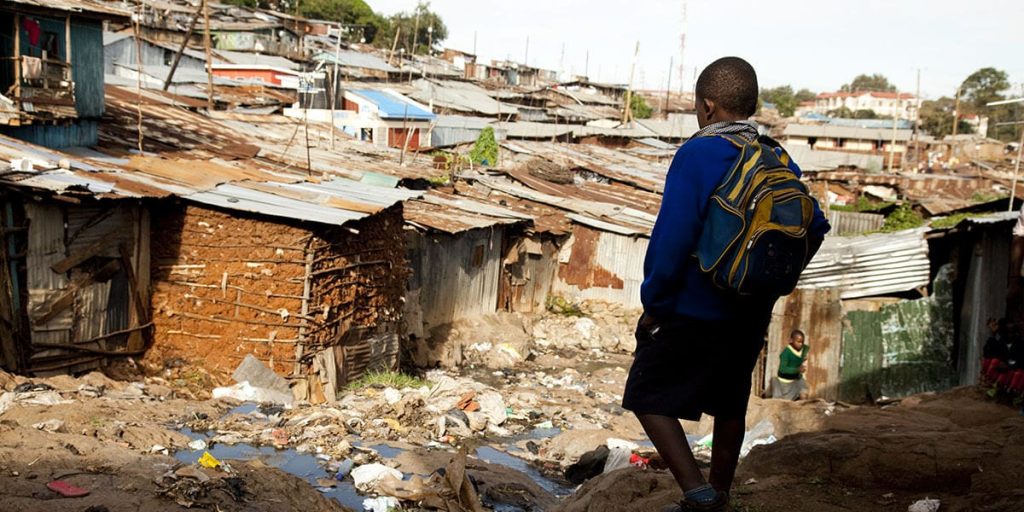Poverty is a pervasive issue that affects millions of people worldwide. It is a complex problem that encompasses various aspects of human life, such as access to basic needs, education, healthcare, and opportunities for social and economic advancement. In this article, we will delve into the global prevalence of poverty, exploring key statistics and shedding light on the realities faced by a significant portion of the world’s population.
The Global Face of Poverty
Poverty is a multifaceted phenomenon that varies across regions and countries. According to recent estimates, approximately 9.2% of the world’s population, or around 700 million people, live in extreme poverty. This means they subsist on less than $1.90 per day, struggling to meet their basic needs for survival. However, the extent of poverty differs significantly from one region to another.
In Sub-Saharan Africa, for instance, poverty rates are the highest, with nearly 42% of the population living below the poverty line. In contrast, the prevalence of poverty in East Asia and the Pacific has decreased significantly in recent years, dropping to 2.1%. While progress has been made, challenges persist, and poverty remains a pressing issue in various parts of the world.

Poverty is not solely an economic problem; it intertwines with other social factors, including education, healthcare, and gender inequality. Lack of access to quality education perpetuates the cycle of poverty, as it limits opportunities for individuals to acquire the skills necessary for employment and socioeconomic mobility. Insufficient healthcare infrastructure further exacerbates poverty, as it impedes the ability of individuals to maintain good health and escape poverty traps.
Factors Influencing Poverty
Numerous factors contribute to the persistence of poverty, creating a complex web of challenges that must be addressed holistically. Economic inequality, political instability, inadequate social safety nets, and environmental degradation are among the key factors that perpetuate poverty.
Economic inequality widens the gap between the rich and the poor, limiting opportunities for social and economic mobility. It creates a vicious cycle where individuals born into poverty struggle to escape its clutches. Political instability and corruption hinder development efforts, diverting resources away from poverty alleviation programs and creating an environment of uncertainty.
Insufficient social safety nets, such as healthcare and social welfare systems, leave vulnerable populations at a heightened risk of falling into poverty or being trapped in it. These safety nets play a crucial role in providing support and opportunities for those most in need. Additionally, environmental degradation, including climate change and natural disasters, disproportionately affects impoverished communities, further deepening the poverty divide.
Combating Poverty: A Global Endeavor
Addressing poverty requires collective action and the concerted efforts of governments, international organizations, and civil society. Sustainable Development Goal 1, adopted by the United Nations, aims to eradicate poverty in all its forms by 2030. To achieve this goal, a comprehensive approach is necessary, encompassing economic growth, social inclusion, and environmental sustainability.

Investments in education and skills development are crucial in breaking the cycle of poverty. Access to quality education empowers individuals to escape poverty, equipping them with the tools needed for employment and income generation. Similarly, promoting inclusive economic growth, creating job opportunities, and ensuring fair wages are essential to reduce poverty rates.
Furthermore, strengthening social protection systems and expanding access to healthcare services can provide a safety net for those living in poverty, reducing vulnerability and enhancing their well-being. Combating corruption, promoting good governance, and fostering political stability are also essential for poverty reduction efforts.
Conclusion
The issue of global poverty demands our attention and collective action. By understanding the prevalence of poverty, recognizing its underlying causes, and implementing comprehensive strategies, we can work towards a more equitable world. Eradicating poverty is not only a moral imperative but also a means of fostering sustainable development and creating a brighter future for all. Together, we can overcome this global challenge and build a world where poverty becomes a thing of the past.
